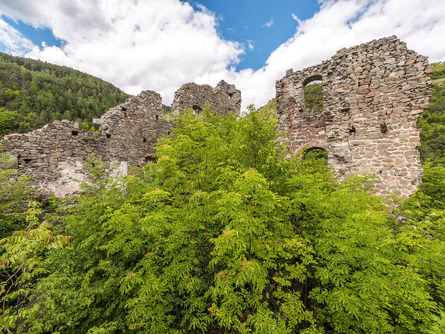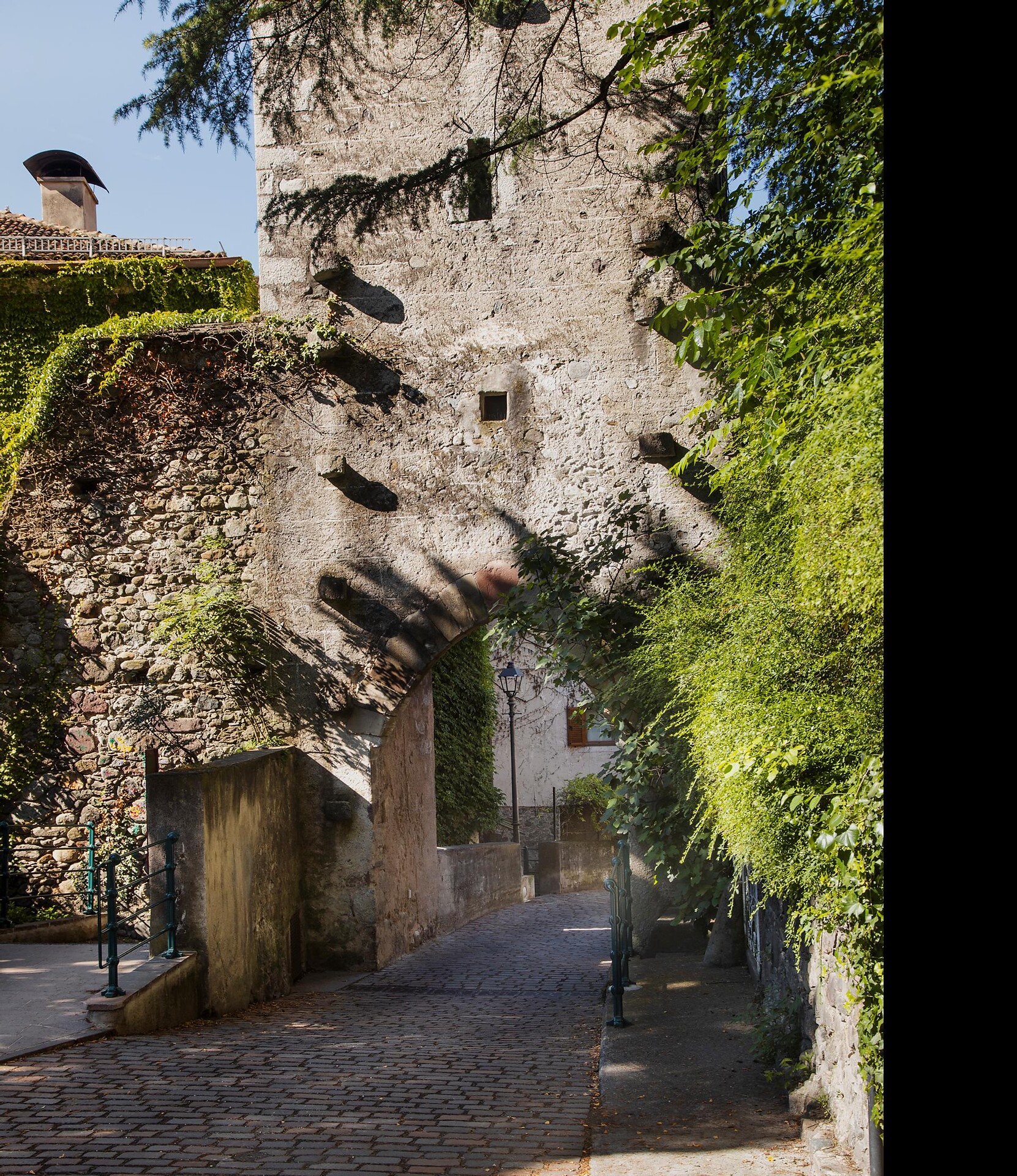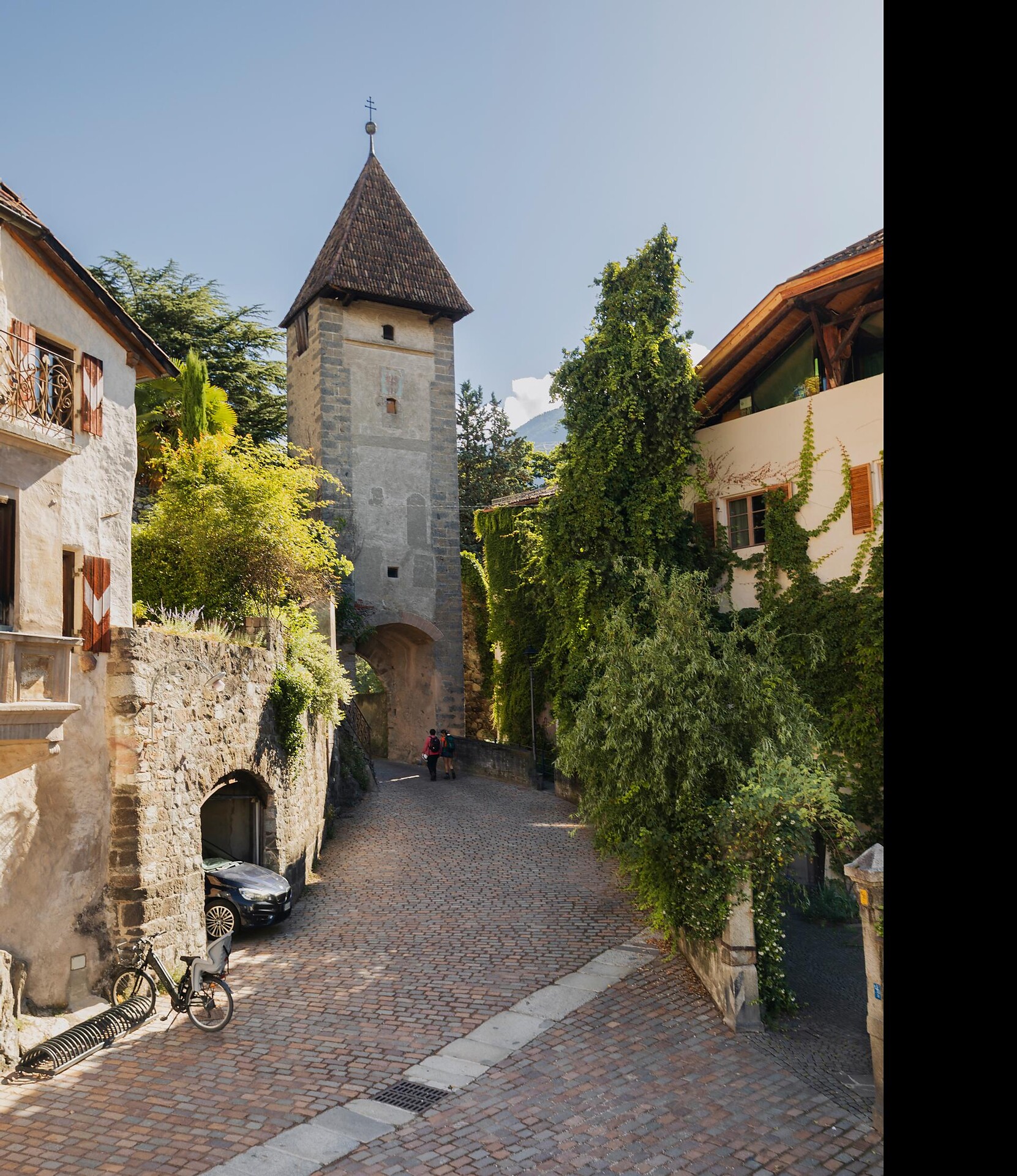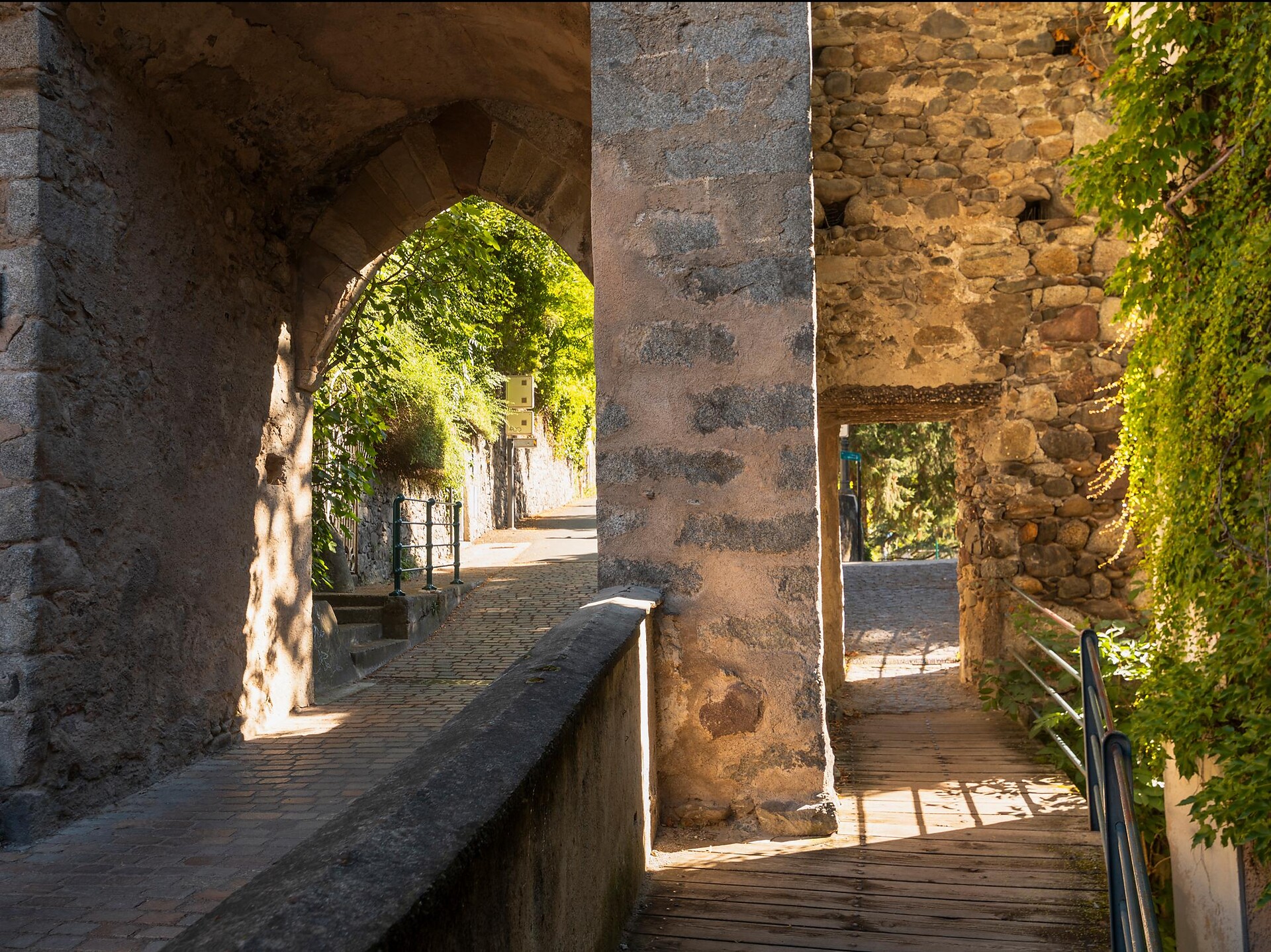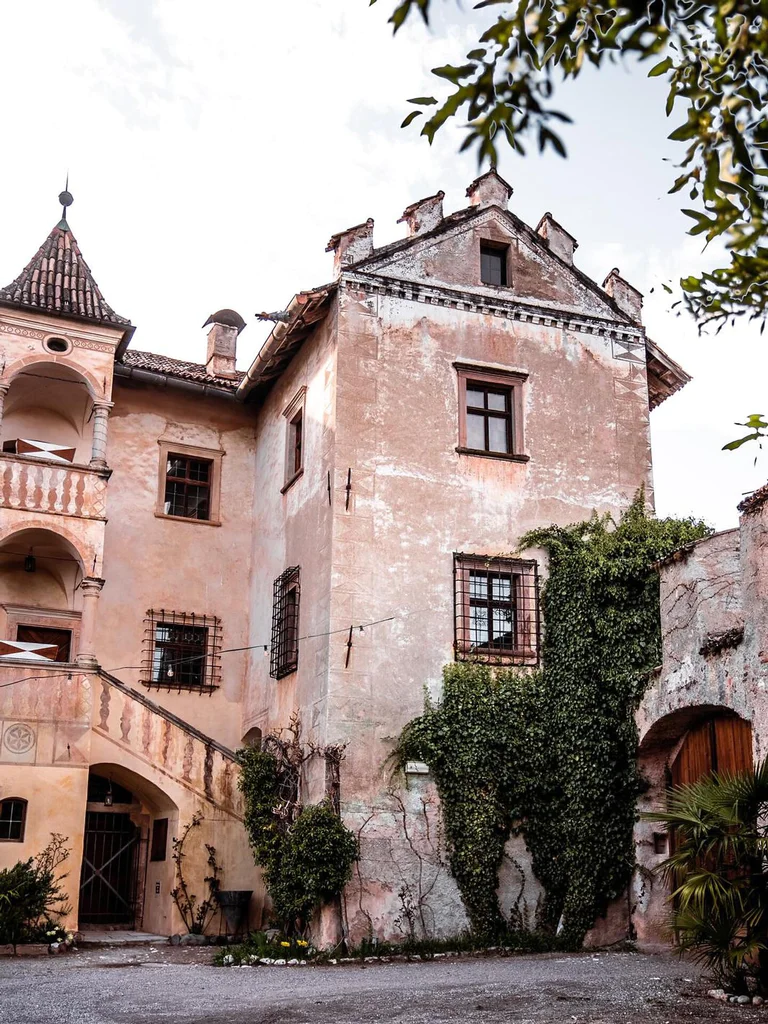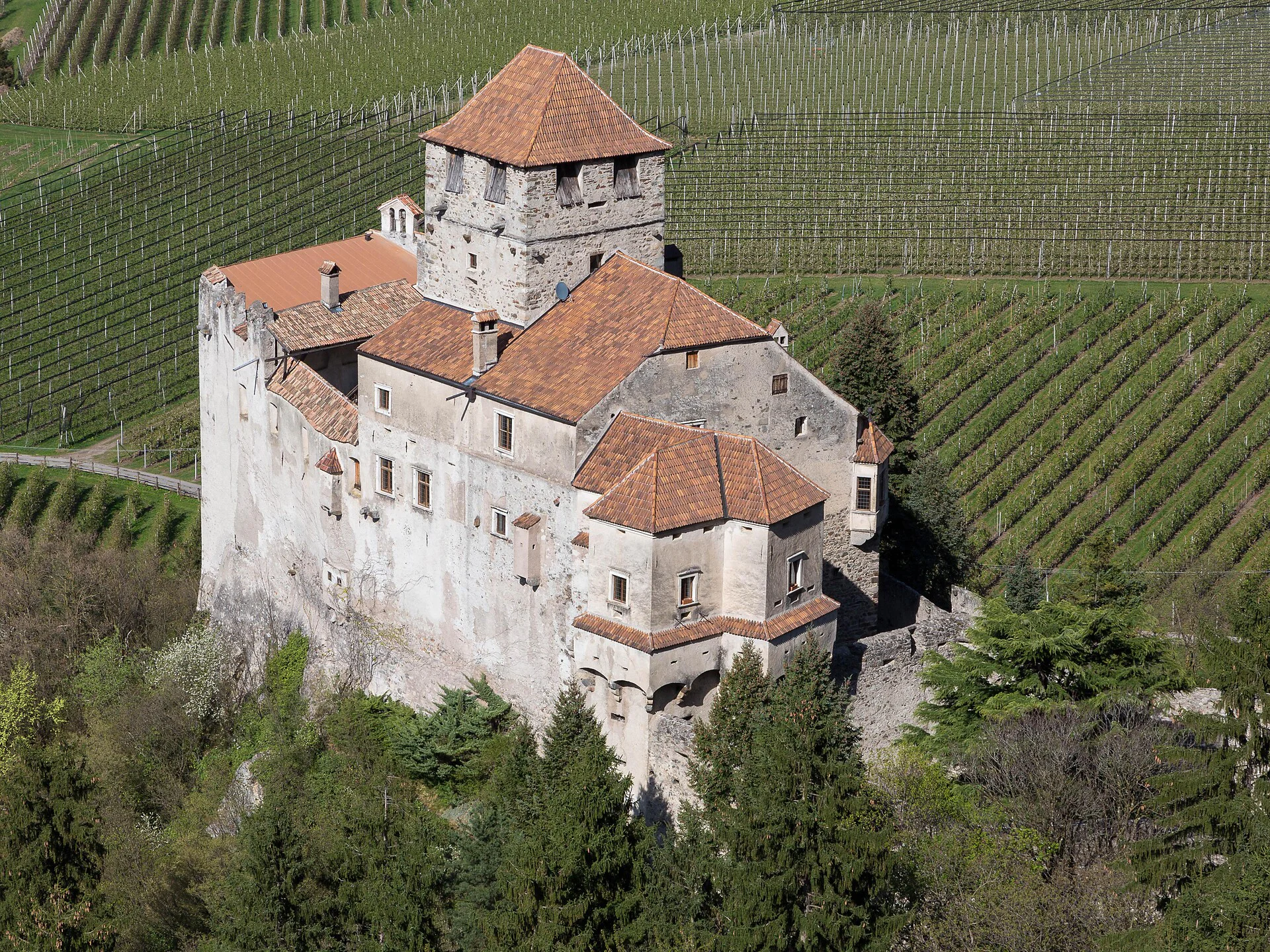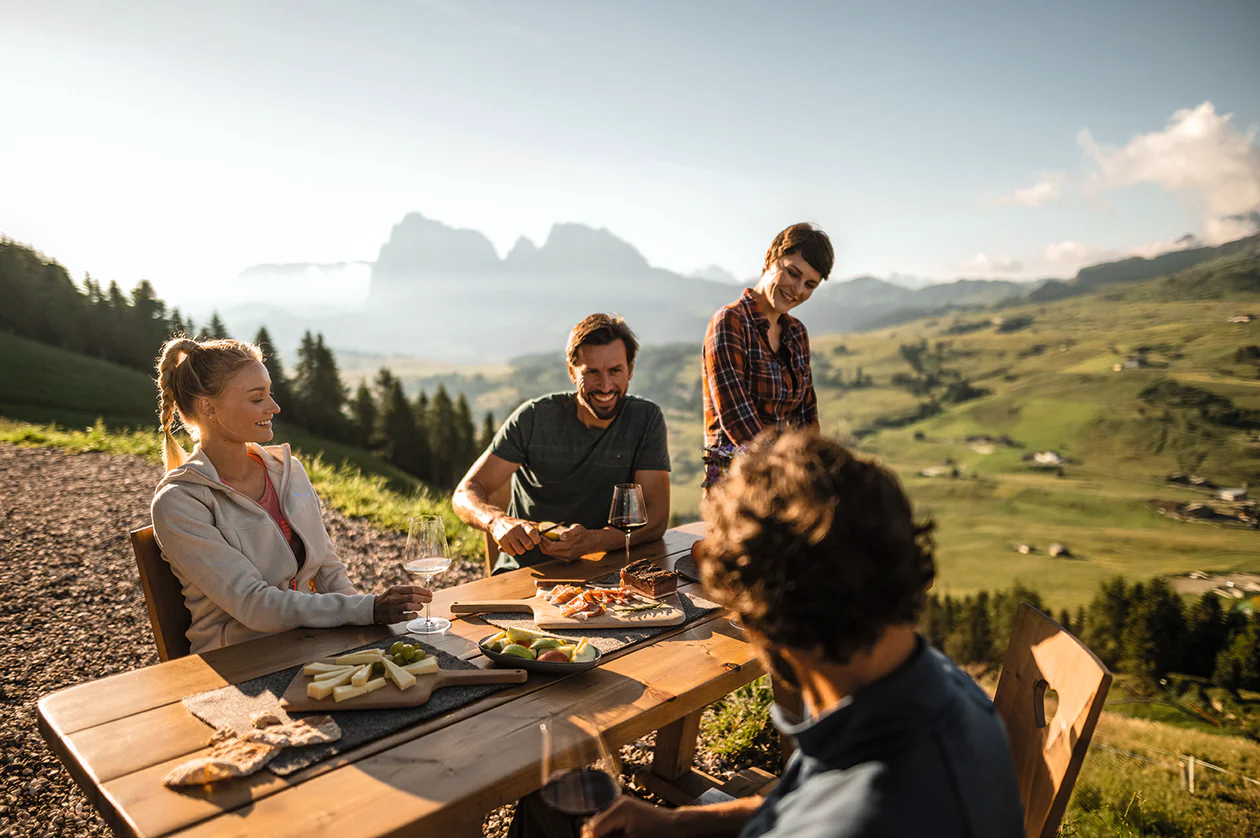The ruins of Stein Castle at Renon are located below Siffiano between Collalbo and Auna di Sotto. The few imposing remains of the castle ruins rise on an isolated rock above a gorge that drops from Renon into Valle Isarco. Only the south and west walls of the palace remained, the ring walls of the lower situated outer castle have largely fallen into the depths. In the first half of the 13th century, the complex was built by the Lords "de Lapide" (to the stone), destroyed in 1349, then rebuilt and abandoned in the 17th century.
For a long time, the castle, situated on important secondary connections, served as the court seat of Renon. In the 15th century, the Tyrolean sovereigns commissioned a court judge, such as the Bolzano noblewoman Ingenuin ofWeineck as "phleger auf dem Stain" in 1417.
